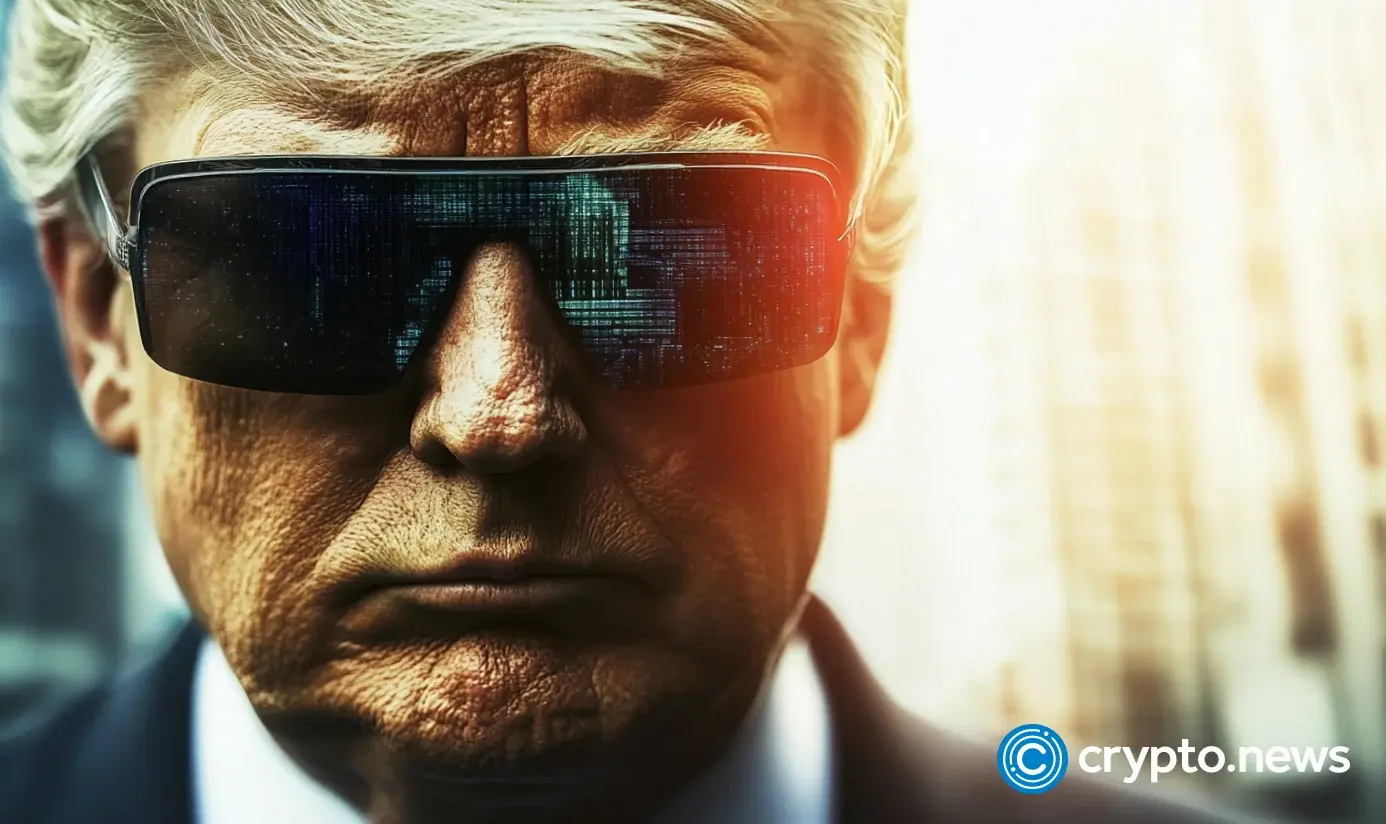CryptoCurrency
Trump Coin price slumps as whale selling intensifies

The Trump Coin price continued its downtrend, reaching its lowest level since October as whale selling intensified.
Summary
- Trump meme coin price has crashed from $50 in January to $5 today.
- The decline mirrors that of other Trump-related assets.
- Whales have continued dumping the token this year.
Official Trump (TRUMP) dumped to a low of $5.78, down by over 40% from its highest point in October. It remains much lower than its January high of nearly $50.
The ongoing Trump Coin price crash has mirrored the performance of other Trump-related assets. Trump Media stock has dropped by over 70% this year, while the World Liberty Financial token is down sharply from its peak.
American Bitcoin, which is mostly owned by the Trump family, cratered by over 40% this week as the lock-up expiry happened. Similarly, AL5, which owns WLFI tokens has been on a freefall.
The ongoing Trump Coin price crash is likely because of his falling approval rating among Democrats and Republicans. It is also because of the increased selling by investors.
Data compiled by Nansen shows that whales have been on a selling spree in the past few months. These investors now hold 3.84 million tokens, down sharply from 5.3 million in November. Whale selling often leads to more downward pressure because of their substantial holdings.

The crash has also coincided with the rising tokens on exchanges. There are now 148 million tokens, up sharply from 147 million in November this year.
Demand for the coin has also slumped in the futures market, where its futures open interest has been in a freefall.
Trump Coin price technical analysis
The daily timeframe chart shows that the Trump meme coin price has slumped this month. It has fallen from last month’s high of $9.56 to the current $5.80.
The token has remained below all moving averages, while the Percentage Price Oscillator has moved below zero and is pointing downwards.
Therefore, the most likely outlook is where the token continues falling, with the initial target being the all-time low of $4.57. This target price is ~22% below the current level.
A drop below that level will have it move below $4 this month. On the flip side, a move above the resistance at $7 will point to more gains, potentially to the October high of $9.56.









